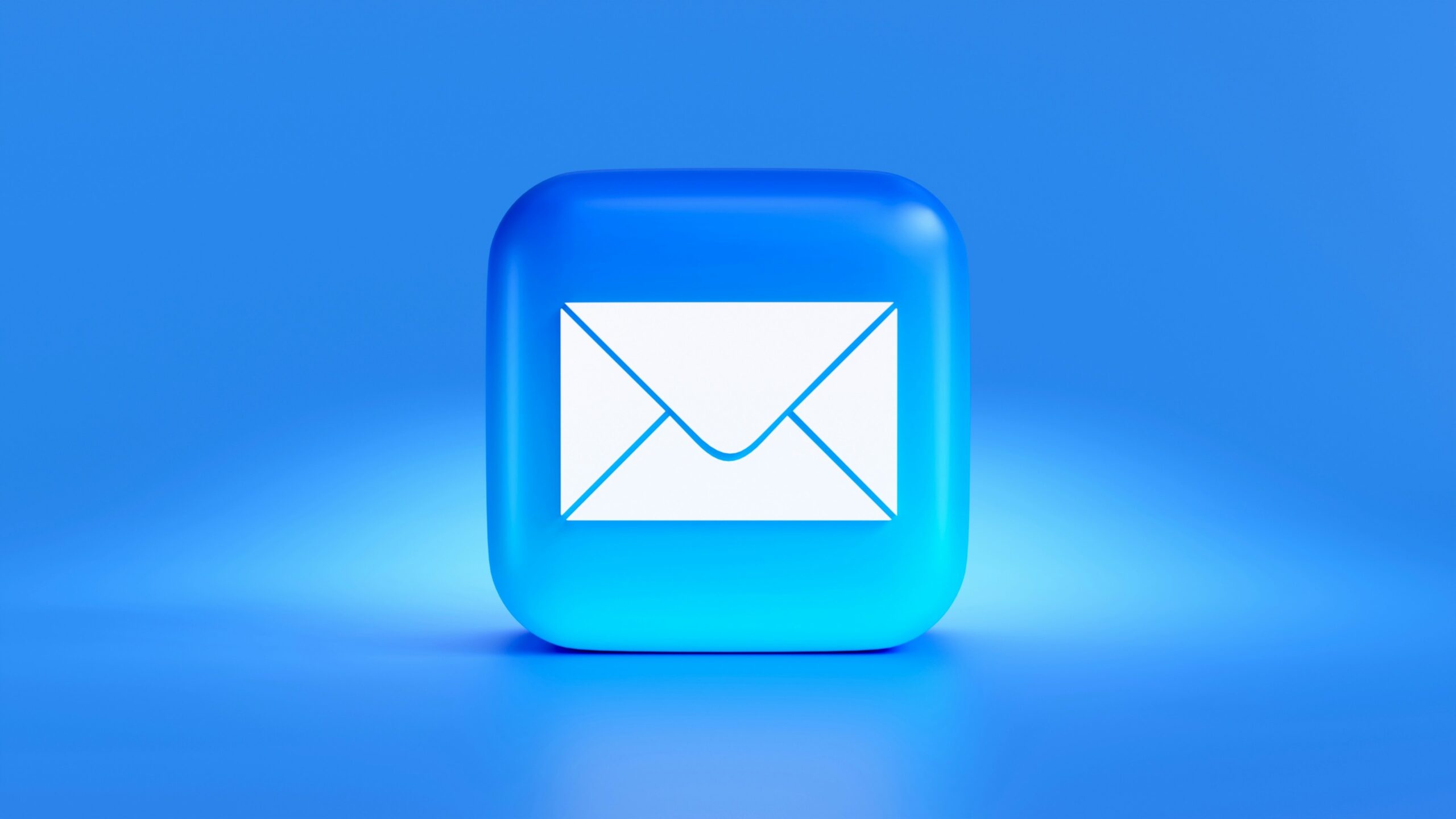Struggling to maintain strong customer relationships? Automated lead nurturing can help. This article explores how automated strategies enhance customer connections and foster loyalty. You’ll learn the key components of effective lead nurturing systems and best practices for implementation. By the end, you’ll understand how to leverage automation to build lasting customer relationships and drive business growth.
Key Takeaways
- Automated lead nurturing combines strategies, analytics, and CRM integration to build lasting customer connections
- Personalized communication and targeted campaigns foster trust and encourage long-term loyalty
- Automation streamlines processes, allowing marketing teams to focus on strategy rather than repetitive tasks
- Effective systems use email campaigns, behavioral triggers, and CRM integration to enhance customer relationships
- AI and machine learning are transforming lead nurturing, enabling highly personalized marketing at scale
Understanding Automated Lead Nurturing Strategies

Automated lead nurturing transforms customer relationships by combining policy-driven strategies with predictive analytics and CRM integration. This approach defines lead nurturing in the context of building lasting connections, leveraging tools like Zoho Corporation’s solutions. The role of automation streamlines processes, enabling personalized interactions across channels, including telephone, to foster trust and loyalty.
Defining Lead Nurturing in the Customer Relationship Context
Lead nurturing in the context of customer relationships involves a strategic approach to marketing communications that builds and maintains connections with potential clients over time. By leveraging business process management techniques, organizations can create targeted marketing campaigns that resonate with their audience across various internet platforms. This approach allows companies to guide their workforce in delivering personalized content to their target audience, fostering trust and encouraging long-term loyalty:
| Element | Description |
|---|---|
| Marketing Communications | Personalized content delivery across platforms |
| Business Process Management | Streamlined approach to campaign creation and execution |
| Workforce | Guided by strategic lead nurturing principles |
| Target Audience | Receives tailored content to build trust and loyalty |
| Internet | Primary channel for delivering nurturing content |
The Role of Automation in Lead Nurturing
Automation plays a crucial role in lead nurturing by enhancing the customer experience and improving system efficiency. Marketing automation tools enable businesses to create personalized, timely interactions with leads, boosting customer satisfaction and productivity. These systems analyze customer behavior, trigger targeted communications, and streamline follow-ups, allowing marketing teams to focus on strategy rather than repetitive tasks.
Benefits of Automated Lead Nurturing for Customer Relationships

Automated lead nurturing offers significant benefits for customer relationships. It enhances engagement through personalized communication, utilizing data and marketing teams to create targeted messages. This approach streamlines the customer journey, improving satisfaction and optimizing lead generation efforts. By leveraging tools like Google Ads, businesses can make a strategic investment in nurturing leads efficiently.
Enhancing Engagement Through Personalized Communication
Automated lead nurturing enhances engagement through personalized communication by leveraging business intelligence and customer experience management philosophies. This approach allows organizations to tailor their messaging based on individual customer data, preferences, and behaviors. As noted by Gartner, companies that excel in personalization can outperform their competitors by significant margins. By integrating tools like Salesforce, businesses can create dynamic, targeted communications that resonate with each customer, fostering stronger relationships and increasing the likelihood of conversion.
Streamlining the Customer Journey for Improved Satisfaction
Automated lead nurturing streamlines the customer journey by optimizing data management and goal-oriented processes. This approach ensures regulatory compliance while guiding leads through a seamless experience. By leveraging licenses for advanced tools, businesses can create a structured path that aligns with customer needs and company objectives:
- Identify key touchpoints in the customer journey
- Implement automated triggers for timely interactions
- Monitor and analyze customer behavior for continuous improvement
- Adjust nurturing strategies based on performance metrics
Key Components of an Effective Lead Nurturing Automation System

Effective lead nurturing automation systems incorporate targeted email campaigns, behavioral triggers, and robust CRM integration. These components work together to enhance customer relationship management, improve efficiency, and drive revenue growth. By leveraging sentiment analysis and continuous learning, businesses can create personalized experiences that resonate with leads, fostering stronger connections and increasing conversion rates.
Crafting Targeted Email Campaigns
Crafting targeted email campaigns is a crucial component of effective lead nurturing automation systems. These campaigns leverage ethical practices and vendor-specific insights to deliver personalized content that resonates with potential customers. By utilizing finance-related data and industry citations, organizations can create compelling messages that address specific pain points, and guide leads through the customer journey. This approach aligns with Gartner’s Magic Quadrant methodology, ensuring that email strategies are both innovative and effective in nurturing customer relationships.
Implementing Behavioral Triggers for Timely Follow-Ups
Implementing behavioral triggers for timely follow-ups is a critical aspect of strategic planning in automated lead nurturing. Organizations leverage personal data and social media marketing insights to create triggers that respond to specific user actions. These triggers initiate timely, relevant communications, enhancing the customer experience and increasing the return on investment for marketing efforts. By analyzing user behavior across various touchpoints, companies can deliver personalized content that addresses the prospect’s needs at the right moment, fostering stronger relationships and improving conversion rates.
Utilizing CRM Systems for Enhanced Data Management
CRM systems serve as the backbone of enhanced data management in automated lead nurturing. These platforms integrate with enterprise resource planning systems, enabling organizations to centralize customer data and interactions. Social CRM features allow businesses to incorporate social media insights, while robust regulation compliance ensures data protection. Advanced CRMs utilize robot-like automation to streamline processes, making data management more efficient and accurate for nurturing campaigns.
Best Practices for Successful Lead Nurturing Automation

Successful lead nurturing automation relies on strategic practices that enhance customer interactions and improve campaign effectiveness. By segmenting audiences, organizations can tailor their outreach for better results. Continuous testing and optimization ensure campaigns remain relevant and impactful. Integrating feedback loops allows for ongoing improvement, leveraging tools like HubSpot for document management and forecasting. These approaches contribute to healthier customer relationships and more efficient lead nurturing processes.
Segmenting Your Audience for More Effective Outreach
Segmenting audiences in digital marketing enhances outreach effectiveness by tailoring messages to specific customer groups. Customer analytics software, as a service solution, enables marketers to categorize leads based on demographics, behavior, and preferences. This approach minimizes bias in marketing campaigns and improves engagement rates across various channels, including mobile apps. By creating targeted content for each segment, businesses can deliver more relevant and personalized experiences, leading to higher conversion rates and customer satisfaction:
- Analyze customer data to identify distinct segments
- Create personalized content for each segment
- Utilize SaaS tools for automated segmentation
- Implement mobile-friendly strategies for each group
- Monitor and adjust segments based on performance metrics
Continuously Testing and Optimizing Your Campaigns
Continuous testing and optimization are crucial for successful lead nurturing automation. By leveraging CRM systems and data quality processes, organizations can refine their campaigns based on real-time performance metrics. This approach allows for swift adjustments in response to changing market conditions, similar to supply chain management strategies. Companies can also use language analysis tools to optimize content across different segments, ensuring messages resonate effectively. As businesses evolve through mergers and acquisitions, maintaining consistent campaign testing becomes essential for preserving customer relationships and adapting to new market dynamics.
Integrating Feedback Loops for Ongoing Improvement
Integrating feedback loops into automated lead nurturing strategies enables organizations to continuously refine their pipeline and improve customer relationships. By leveraging intelligence gathered from customer interactions and adhering to regulations like the General Data Protection Regulation (GDPR) and the Health Insurance Portability and Accountability Act (HIPAA), companies can ensure data privacy while enhancing their nurturing processes. Tools such as Pipedrive can facilitate this ongoing improvement by providing insights into customer behavior and campaign performance, allowing businesses to make data-driven decisions and optimize their lead nurturing efforts.
Future Trends in Automated Lead Nurturing and Customer Relationships

The evolution of automated lead nurturing is shaped by AI and machine learning, transforming customer interactions. These technologies enhance tools for customer support and project management, improving customer lifetime value. Emerging innovations are revolutionizing how businesses engage with leads, offering more personalized and efficient customer experiences across various touchpoints.
The Impact of AI and Machine Learning on Automation Strategies
AI and machine learning are revolutionizing automated lead nurturing strategies, enabling highly personalized marketing at scale. These technologies analyze vast amounts of customer data to predict behavior, optimize online advertising, and enhance loyalty programs. By leveraging AI-driven personalization, companies can meet growing demand for tailored experiences, delivering the right message to the right customer at the right time. This approach not only improves customer engagement but also increases conversion rates and lifetime value.
Emerging Technologies Shaping Customer Interactions
Emerging technologies are reshaping customer interactions in automated lead nurturing. Knowledge management systems integrate with CRM processes, allowing businesses to leverage machine learning for personalized experiences. Advanced PDF analytics enable deeper insights into customer engagement, while retail-specific AI enhances product recommendations and inventory management. These innovations create seamless, data-driven customer journeys across multiple touchpoints.
Conclusion
Automated lead nurturing strategies revolutionize customer relationships by combining personalized communication, data-driven insights, and streamlined processes. These strategies enhance engagement, optimize the customer journey, and drive conversions through targeted campaigns and behavioral triggers. Effective implementation of automated lead nurturing systems, including robust CRM integration and continuous optimization, results in improved customer satisfaction and increased loyalty. As AI and machine learning continue to shape the future of lead nurturing, businesses that embrace these technologies will be better positioned to create meaningful, long-lasting customer relationships in an increasingly competitive market.






